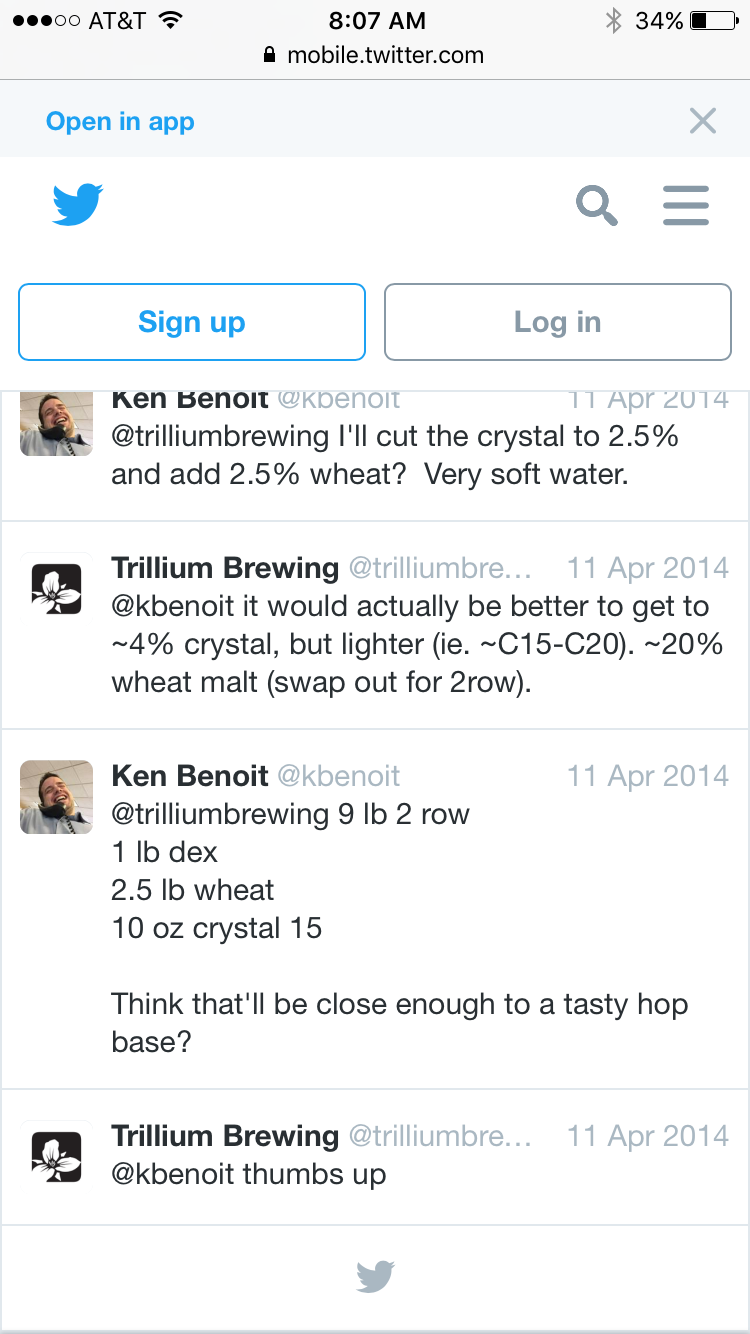stickyfinger
Well-Known Member
this doesn't really answer your question, but this thread sure goes over quite a bit of getting Trillium's "flagship" IPA, with input from JC himself
https://www.beeradvocate.com/community/threads/anyone-have-a-congress-st-clone-recipe.267947/
there's a Fort Point grain bill that I'm sure could form a reliable base
Wow, I've never done a beer with mostly Galaxy. That sounds pretty intense. I hope I can try that sometime. I totally agree with putting more and more into the dryhop. I get a lot of bang for my buck from doing that.

























![Craft A Brew - Safale S-04 Dry Yeast - Fermentis - English Ale Dry Yeast - For English and American Ales and Hard Apple Ciders - Ingredients for Home Brewing - Beer Making Supplies - [1 Pack]](https://m.media-amazon.com/images/I/41fVGNh6JfL._SL500_.jpg)



































